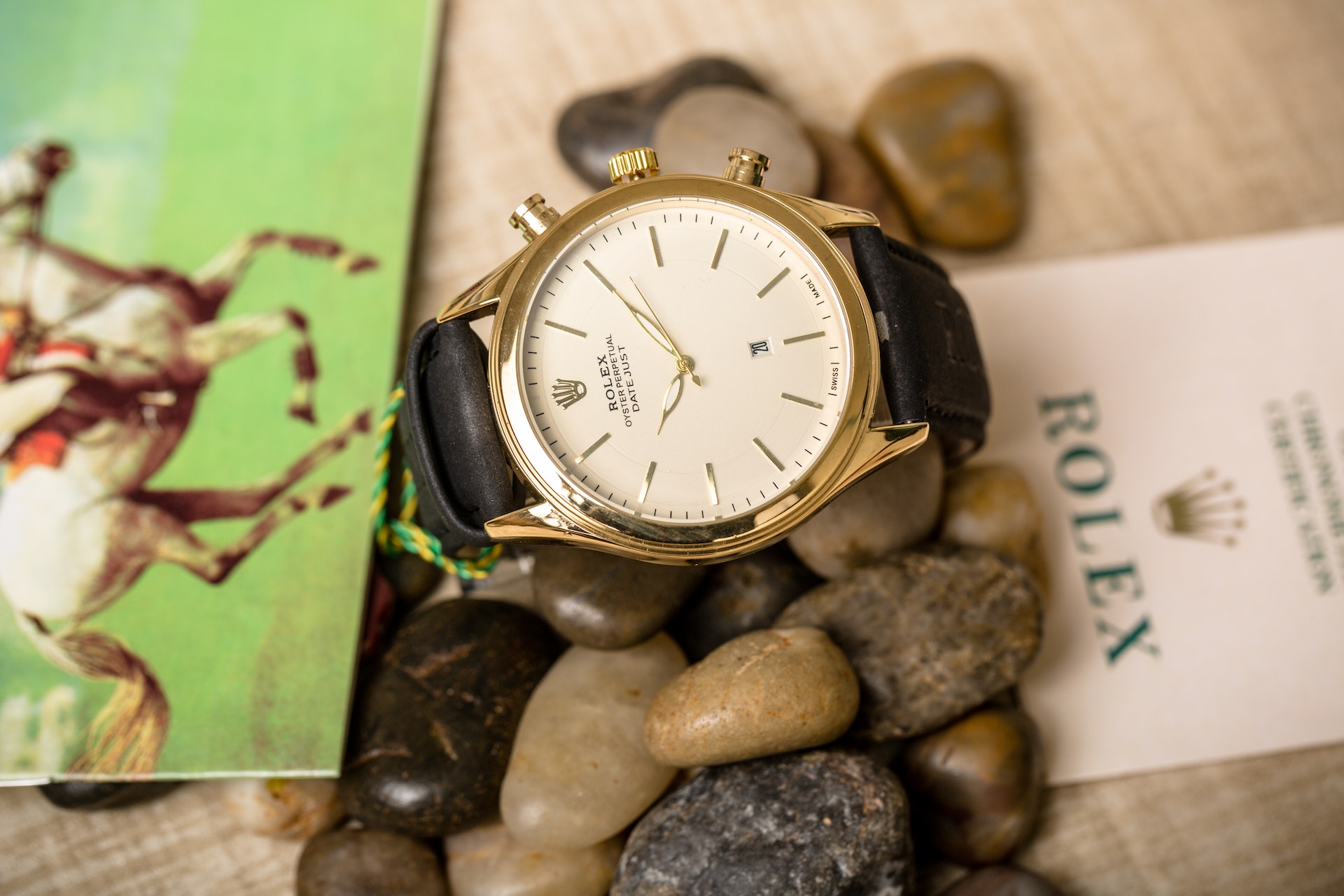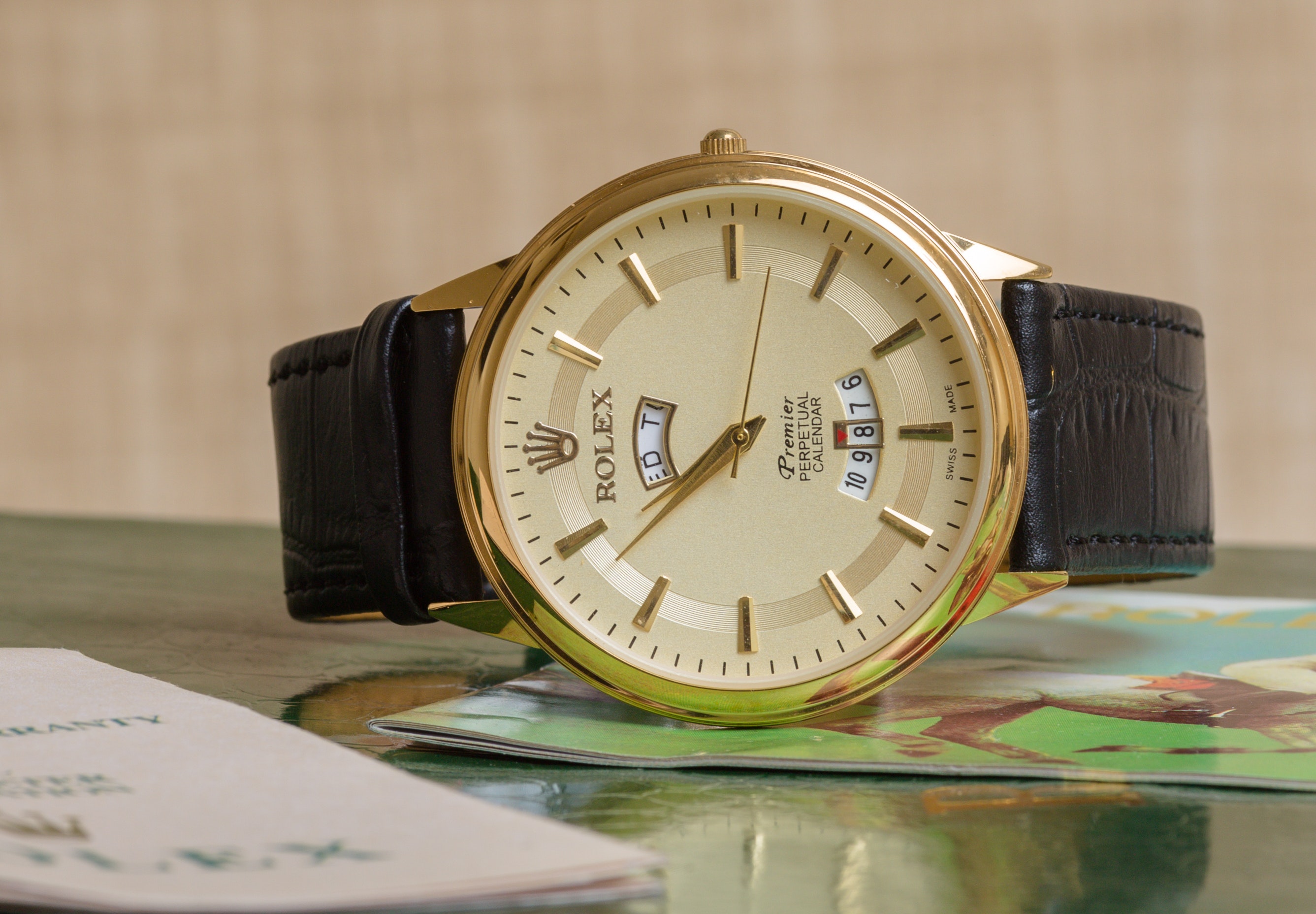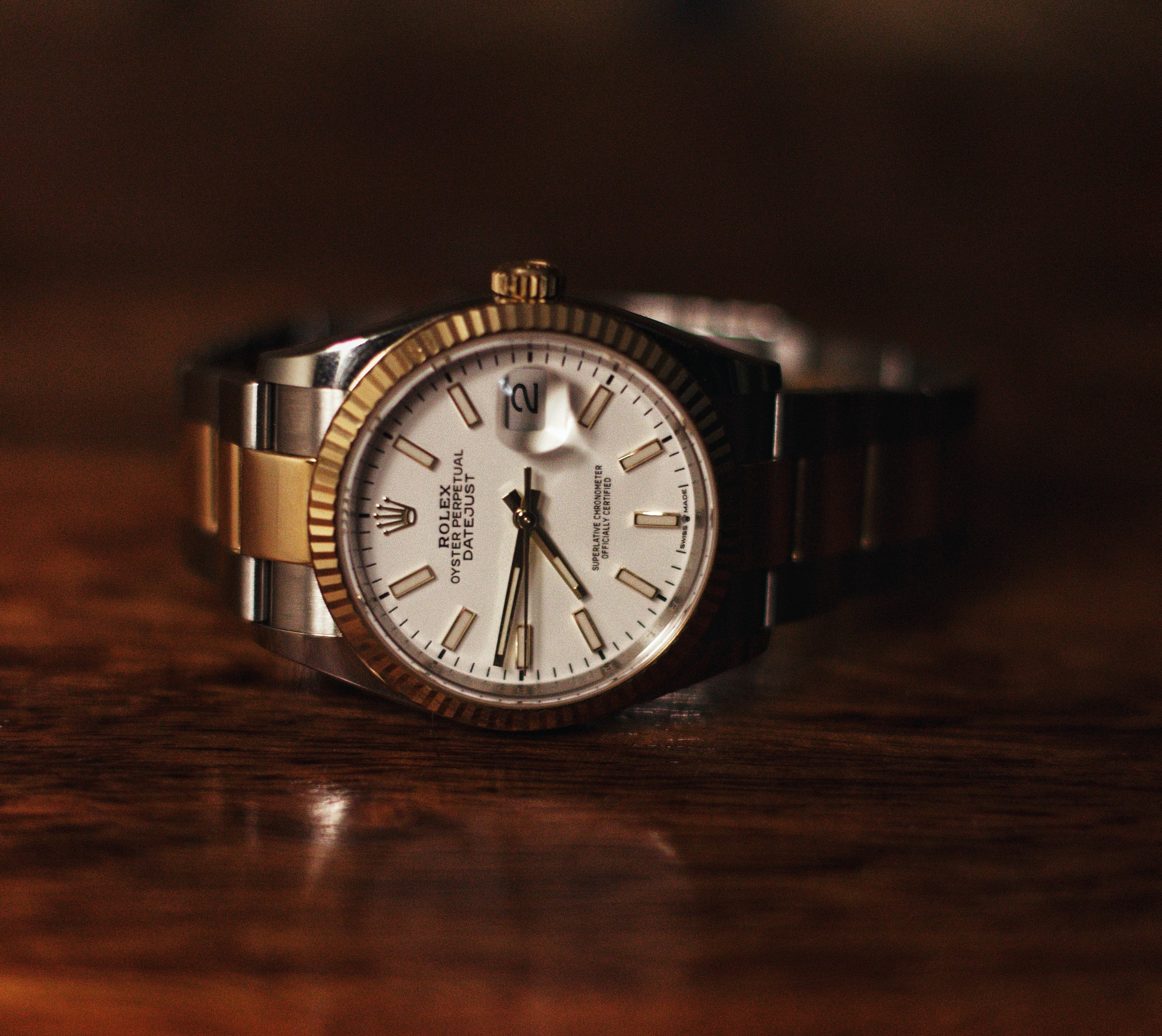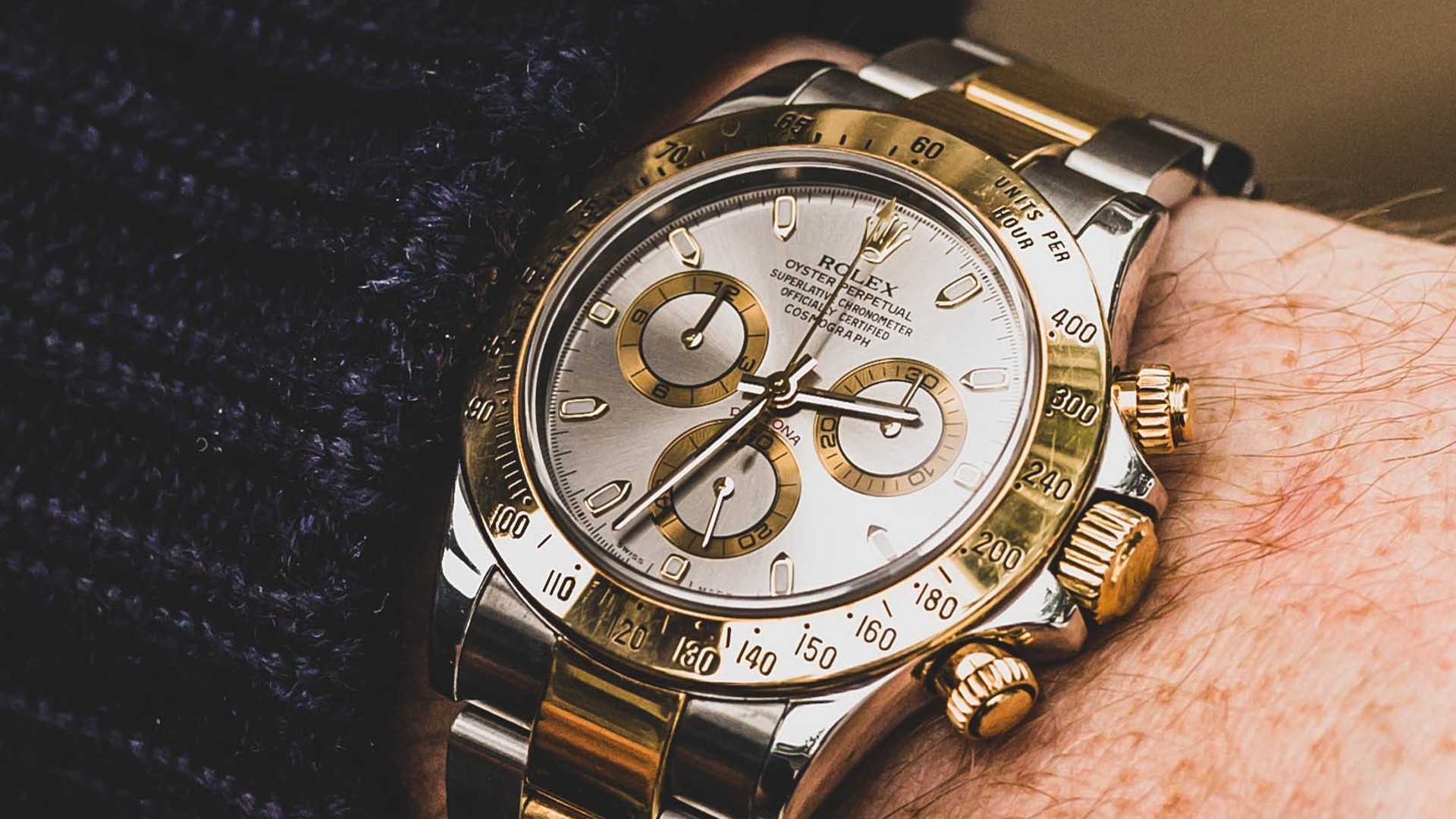A Rolex is a widely recognized status symbol. The Swiss watch manufacturer has a hard-earned reputation for quality, complexity, and desirability. Businessmen have long used it as a motivator or a symbol they’ve achieved something. The ultra-rich like to display their wealth with one. And there’s always that old, stainless steel Explorer your grandpa picked up in Vietnam for $200, which he’s then worn daily for the last 50 years.
Buying a Rolex may seem like a distant dream to some, but it shouldn’t be. There are plenty of entry-level examples on the vintage market — and some of them are a lot more interesting than the timepieces Rolex is packing into its display cases in 2023. Even the standard models will have picked up some unique facets over the years. If you want your watch to stand out, tell a story, and set you apart, then vintage is the way to go.
Here’s a brief guide on what to look out for when you’re getting a vintage Rolex. It covers size, unique features, and collectability. There is, of course, plenty more to look out for — but this should be a good starting point if you’re looking to get into the world of vintage Rolexes.

Smaller watches deserve more love
If you follow the trends of the watch-collecting world, there’s no denying size has mattered over the last few decades. Since sometime around the 1990s, bigger has definitely been seen as better, with case sizes creeping up consistently year-on-year.
Vintage men’s watches, with case sizes averaging around 34mm, look comparatively tiny when put next to the 40mm monsters that are almost standard today. But should it really be like this?
To some, watch collecting is about displaying wealth and success. It’s about impressing other people. In that case, a wrist-straining, blinged-out, 46mm Daytona more than makes sense. But if your watch collection consists of very personal items, what others think may not matter. If you like a watch, if it speaks to you, if strapping it to your wrist brings you a bit of joy, buy and wear it.
As far as the masculinity aspect of smaller watches goes, Muhammad Ali was a fan of the Cartier Tank — which was a pretty small “men’s” watch even in its day. Several James Bonds have also rocked now vintage numbers measuring 34mm or below. Masculinity is about how you carry yourself. Being peer-pressured into wearing something you don’t like is arguably less masculine than wearing a small watch.

You get some pretty unique components
The watch world, for the most part, has become a bit same-old same-old. Rolex, for the most part, is only doing a few things these days. The company is trading on its label, instead of little unique elements. And most other companies are, for want of a better term, knocking off Rolex. Think about how many watches you see that are basically a take on the Oyster Perpetual, Explorer, or Submariner. No wonder the only way to make most watches “special” involves gluing diamonds to them.
It wasn’t always like this. Go back a few decades, and you got a ton of variety within models — never mind within the industry in general. The watches themselves can say a lot about the era they were designed in. If you love the 1960s look, pick out something with dagger hands. These are far more distinctive than the batons you’ll find working their way around most watch faces. Similarly, you can look for unique hour markers. Some look like little coffins, others are quite radioactive. Have fun with it.

The dial tells a story
There are some things you can’t replicate, and a beautifully patinaed dial on a vintage Rolex is one of them. In our opinion, “tropical” dials are particularly beautiful and can only really be created by exposing the watch to the sun for a few decades. That burning ball of gas in the sky can turn a boring black dial into a wonderful sunburst-like disk.
Patinas tell a story, and as a result, they are highly sought after by vintage watch collectors. After all, what’s the point in owning a vintage piece if you don’t have an interesting tale to go with it? It is important to note that a “patina” is an example of natural, gradual degradation that happens over a long period of time. If someone’s watch has water damage or some other neglect-related wear, they may try listing it as patinaed. It isn’t, it’s just wrecked. So be careful.
Other examples of desirable dials include those that show a rare mistake from Rolex. There have been occasions when a paint composition caused dials to fracture in a spiderweb-like pattern. Rolex replaced plenty of these under warranty, and the ones that survived the cull are true collectors’ pieces.

They’re still highly collectible, despite the “lower” price point
You can get a beautifully made vintage timepiece for not much money at all. While a Daytona is undoubtedly cool, it also costs about as much as a mid-range family car. Alternatively, you can get an old Oyster Perpetual in great condition for between $2,000 and $3,000. Vintage Air Kings are also interesting watches (if you find one from the days before they were a cheaper Explorer) and available at an entry-level price point.
There are also some vintage models, like the older Explorers, that can fetch tens of thousands of dollars. So there’s an opportunity to flex, should you wish to. As for most vintage Rolexes, the prices are unlikely to go as crazy as some of the more sought-after watches in the watchmaker’s catalog. But if history is anything to go by, any vintage piece you buy will at least hold its value and could still make you a slight profit down the line. On the downside, a cheap Rolex is a potential gateway drug. You start with a $1,500 bargain just to get “the Crown on your wrist,” and before you know it — you’re swapping a kidney for a 1967 Sea Dweller.



